Photographers in the United States
Jewish American women photographers are a diverse group that have explored a wide range of styles and techniques. A significant number of Jewish American women photographers have had a strong social conscience—whether they were born to wealth as were Doris Ulmann and Diane Arbus, or in working-class neighborhoods, as were Helen Levitt and Rebecca Lepkoff, or come from abroad, as did Sandra Weiner.
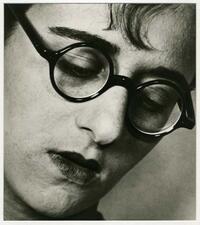
Photography in Palestine and Israel: 1900-Present Day
Although women photographers long struggled for recognition and appreciation in Palestine and Israel, in recent years awareness of their roles and contributions to photograph has increased. The activity of women photographers who focus on gender issues has increased dramatically, while female curators and academics are gaining new perspectives on Jewish female photographers, re-evaluating their role in the development of photography in Israel.

Molly Picon
A lively comic actress, Molly Picon brought Yiddish theater to a wider American audience. She acted in the first Yiddish play ever performed on Broadway and insisted on performing in Yiddish on a 1932 tour of Palestine. Filming on location in Poland, on the eve of World War II, Picon captured a view of shtetl life soon to be erased by the Holocaust.
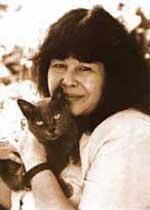
Marge Piercy
Novelist and poet Marge Piercy's life and life’s work reflect her deep engagement with political activism, feminism, and Judaism. In genres including fiction, poetry, liturgy, memoir, and essays, Piercy’s work brings together spirituality, creativity, memory, sensuality, and political engagement.
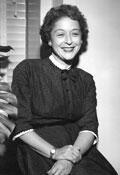
Harriet Fleischl Pilpel
Harriet Fleischl Pilpel was a prominent participant and strategist in women’s rights, birth control, and reproductive freedom litigation for over half a century.
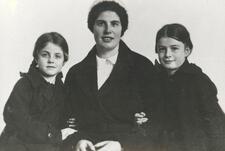
Clara Asscher Pinkhof
Clara Asscher Pinkhof dedicated her life and work to helping and advocating for Jewish children, initially as a teacher and later as an author. She is most known for her accounts of the experiences of Jewish children during the Nazi occupation.
Mimi Pinzón
Mimi Pinzón published a wide variety of acclaimed literary works in Yiddish, including her childhood novel Der hoyf on fenster, along with numerous Yiddish periodicals in Argentina and elsewhere. Pinzón is arguably the sole significant Yiddish writer who spent none of her school years in Eastern Europe.
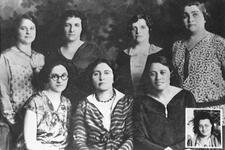
Pioneer Women in the United States
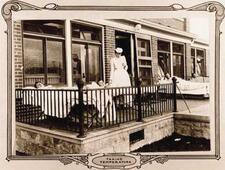
Seraphine Eppstein Pisko

Alejandra Pizarnik
With a vast body of work that includes books of poetry, prose works, essays, and diaries, Alejandra Pizarnik (Argentina, 1936-1972) stands out as one of the most important and influential figures in twentieth-century Latin American poetry.
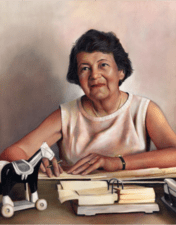
Emma Nuschi Plank
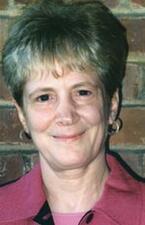
Judith Plaskow
Judith Plaskow is the first Jewish feminist to identify herself as a theologian. Deeply learned in classical and modern Christian theology yet profoundly committed to her own Judaism, Plaskow created a distinctively Jewish theology acutely conscious of its own structure and categories and in dialogue with the feminist theologies of other religions.
Nora Platiel
The Russian Revolution of 1917 made a convinced socialist of Nora Block and inspired her to study law. After leaving Nazi Germany for France and then Platiel, Platiel returned home, eventually becoming the first woman director of a German district court and being elected for three terms in the Hessian State Parliament.
Maya Plisetskaya
Maya Plisetskaya was one of the legendary ballerinas of her generation. Her aunt and uncle, Sulamif and Asaf Messerer, helped to guide her into the ballet world, despite the persecution they faced during World War II. In 1943 she joined the Bolshoi and remained a principal dancer well into the 1960s.

Frumka Plotniczki
Whether in her family, the kibbutz training program or the movement, what set Plotniczki apart was her ability to combine penetrating, uncompromising analysis with a loving heart and maternal compassion.
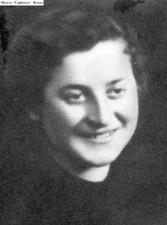
Hantze Plotniczki
Hantze Plotniczki was an active leader of and participant in resistance movements during World War II. She had a gift for connecting with people and inspiring love and action from other members of the movement.
Pauline Podbrey
Pauline Podbrey was a committed Communist and anti-Apartheid activist. A Lithuanian child migrant to South Africa, she moved away from her Jewish roots and endured exile as a result of her mixed-race marriage, only to become disillusioned with Communism.

Tamara Podemski
Tamara Podemski is a multi-disciplinary artist who’s worked on stage, on screen, and in the recording studio.
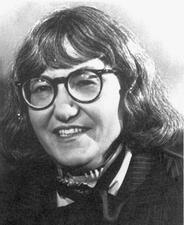
Poetry in the United States

Abigail Pogrebin
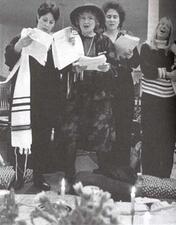
Letty Cottin Pogrebin
Letty Cottin Pogrebin--a writer, activist, editor, organizer, and advocate--gained national recognition first in the national women’s movement and later as a spokesperson for Jewish feminism and issues related to Israel-Palestine. In her work, Pogrebin writes intimately about her own life’s complexities, while echoing the experiences of millions of women.
Anna Sophia Polak
Anna Polak was an important figure in the Dutch women’s movement in the early twentieth-century, who served as director of the National Bureau of Women’s Labor in The Hague for 28 years. Her controversial views on the importance of involving women in the working world led to her international recognition; she was beloved and admired by many.
Poland: Early Modern (1500-1795)
Polish Jewish Women played a complex role in their society and culture during the early Modern Period. This role was usually gender segregated, but upon a closer look, was more gender flexible than one might think.
Poland: Interwar
A minority habitually ignored by scholars, Polish-Jewish women played important roles in the changing cultural and political framework of the interwar years.
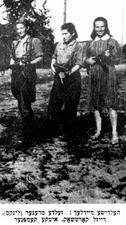
Poland: Women Leaders in the Jewish Underground During the Holocaust
There were prominent female leaders in nearly every Jewish underground in the Polish ghettos during WWII. Women often took on the role of delegate to central leadership, moving between ghettos. Jewish fighting organizations relied on these delegates to deliver arms, forged documents, and military instructions between ghettos.


